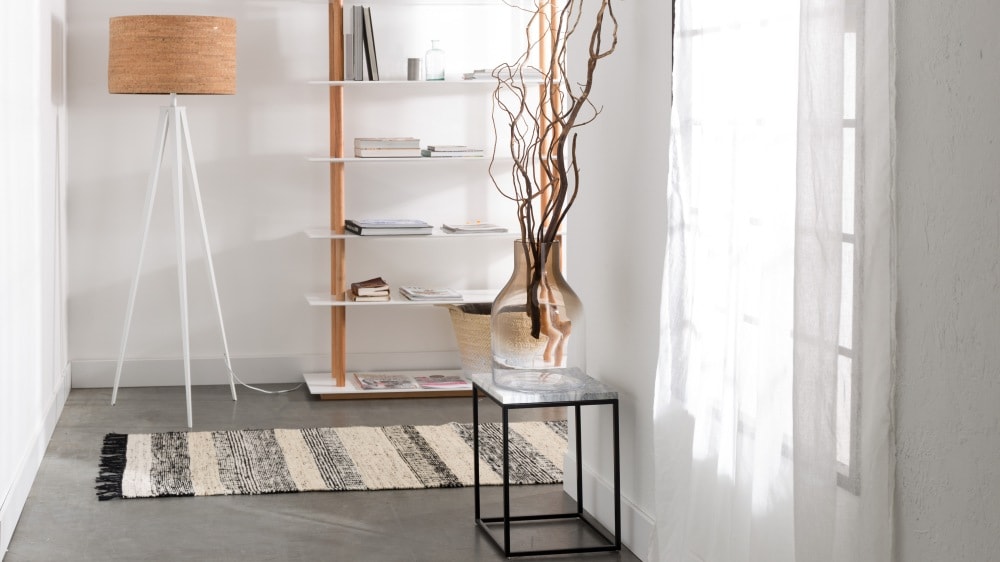We all have places in our houses that are under-used or simply ignored because they don’t tell us what they want to be when they grow up. Large stair landings or the spaces under stairs are famous for this. Extra-wide hallways or an odd nook that just sits there looking empty can also give us trouble. The real estate stylist you choose to help with your pre-listing home staging can help.
The fact is, with space being an important factor in how people select homes, putting every square centimetre to good and practical use is one way to emphasise the area you have. That doesn’t mean you must fill up empty space, but it does mean working to eliminate orphaned areas that simply look forgotten and forlorn. A little artwork or a bench seat may be all it takes to add space to your home.
When an awkward space presents itself, your first job is to assign it a purpose. Purpose and functionality can automatically define the space. The hard work is done when you decide how to use it. Perhaps the space will be a showcase for your collection of framed botanicals. Maybe a lamp, a chair, and a table will transform a tiny space into a study nook. Without a purpose, none of us are at our best. The same is true of your odd spaces.
Once you know what your awkward space is best qualified to do, take steps to make it better suited to accomplish the task. If it is to be a place for homework, it will need task lighting and a bright, cheery attitude to go along with a desk and a chair. Paint can often come to the rescue in such spaces.
Even in places where abundant natural light doesn’t exist, painting one wall in a lighter colour can differentiate the space and give the look of largesse. Adding a feature wall to the area will also serve to give the area its own identity so it doesn’t slip between the cracks again. Paint can also promote the right homework attitude. Each shade, every colour, affects us differently. For example, cool colours like blues and greens help to create a sense of tranquillity. If drifting off to sleep is your student’s natural reaction to study time, you could consider adding a stimulating red wall.
The real estate stylist will help you think your colour choices through carefully. Remember, what you do in your long-term living rooms is different than what you might do in staging your house for a broad range of potential buyers.
Period homes sometimes have awkward spaces that defy our best attempts at finding a good reason for them. That’s simply because they were built to meet the needs of another generation. One Victorian home we know has a long, wide hallway that acts as a foyer opening up to each room on the ground floor. What we might see as a waste of space, the original owners saw as a gracious addition to their home, allowing visitors to de-compress before they entered the appropriate room for dining, enjoying music or sitting. If you’ve chosen your home stylist carefully, they will have plenty of ways to make the area useful in terms of the 21st century family.
If you happen to be staging your home without a stager, remember to address your problem areas carefully and strategically. Measure the space and think carefully about the scale of any item you plan to put there. Treat the area as you would any other room in your house. Make sure any furnishings you put there meet its purpose. A small bookshelf, a slipper chair and a strategic lighting source (a can light mounted on the underside of the stairs, perhaps) might provide just the right fit for the alcove under the stairs you’ve assigned to be a reading nook.
Don’t just ignore the odd spaces around your home. Instead, re-think how they can best be useful and beautiful instead of invisible. The real estate stylist you are relying on will surely be up for the task of making use of your home’s entire space. If you’re working alone, be sure to do your homework and don’t forget home stagers are usually available for a simple consultation. Sometimes just a new idea or two is all you need.
Photo credit: Image courtesy of Designbotschaft.




